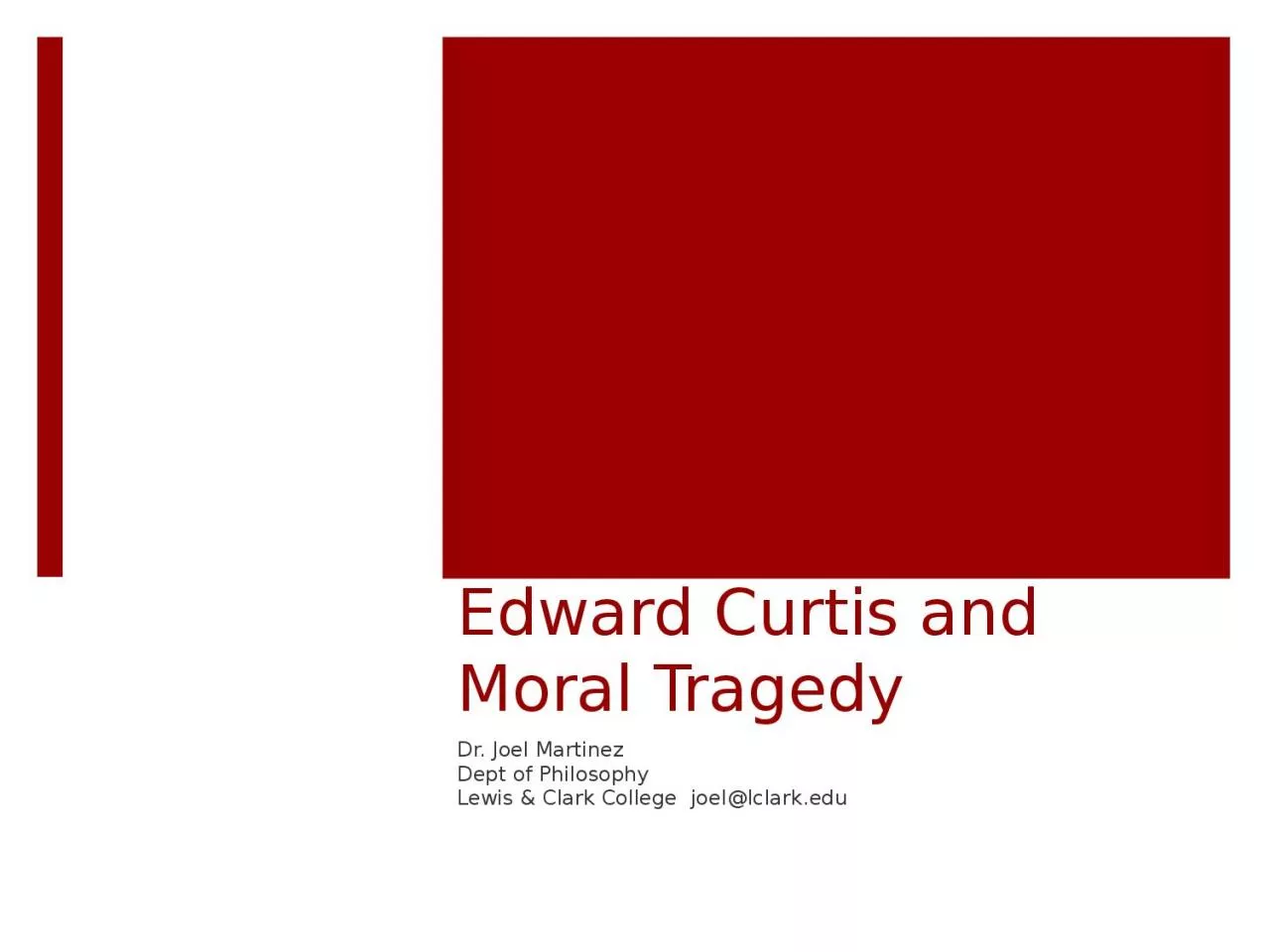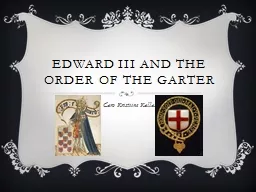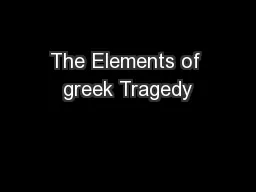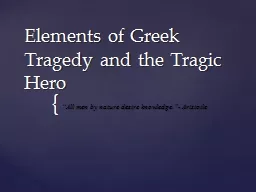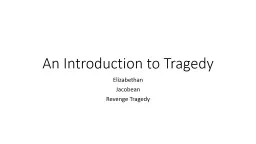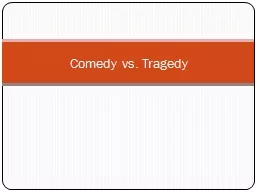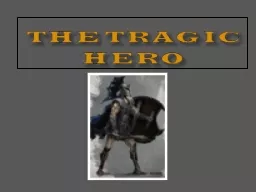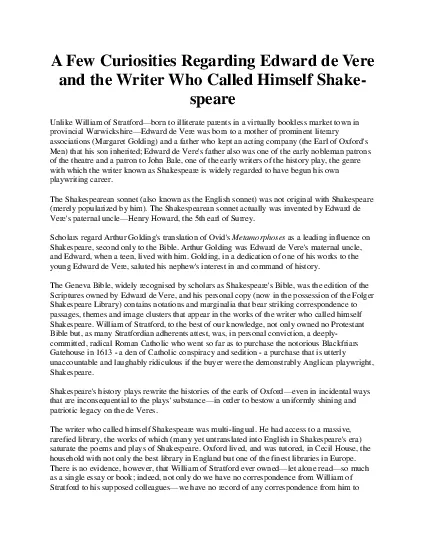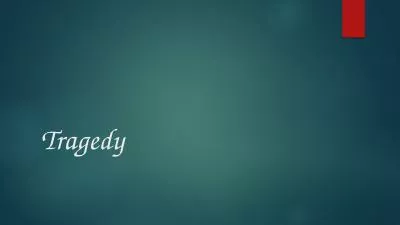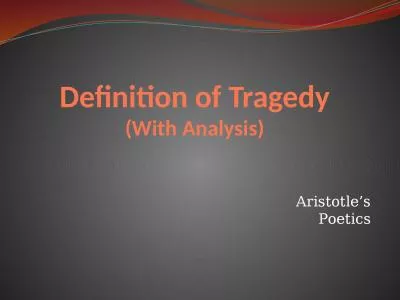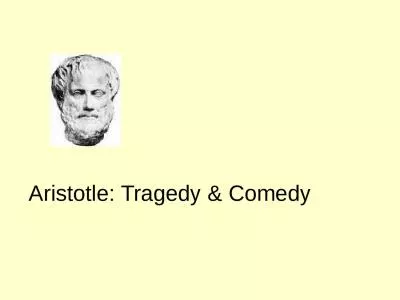PPT-Edward Curtis and Moral Tragedy
Author : CottonTails | Published Date : 2022-08-02
Dr Joel Martinez Dept of Philosophy Lewis amp Clark College joellclarkedu B 1868 Wisconsin 1887 Moved to Seattle with family Opened second studio Met Pinchot
Presentation Embed Code
Download Presentation
Download Presentation The PPT/PDF document "Edward Curtis and Moral Tragedy" is the property of its rightful owner. Permission is granted to download and print the materials on this website for personal, non-commercial use only, and to display it on your personal computer provided you do not modify the materials and that you retain all copyright notices contained in the materials. By downloading content from our website, you accept the terms of this agreement.
Edward Curtis and Moral Tragedy: Transcript
Download Rules Of Document
"Edward Curtis and Moral Tragedy"The content belongs to its owner. You may download and print it for personal use, without modification, and keep all copyright notices. By downloading, you agree to these terms.
Related Documents

